Nokia's published timeline reveals when commercial 6G service will begin
Nokia and Ericsson say that AI and machine learning will have a huge part in the upcoming 6G standard.

Sometimes it feels as though 5G just got here. The faster data speeds and low latency of the wireless standard promised to help deliver amazing capabilities. Analysts thought that 5G would allow surgeons to perform remote medical operations. Many expected to see highways full of self-driving vehicles by now along with smart cities where everything from traffic lights to waste collection would be efficiently run using 5G.
It is estimated that there are only about 5 years remaining until 6G service becomes available making it unlikely that we will see 5G achieve its fullest expectations. Now that the chapter on 5G is getting ready to close, the 3rd Generation partnership project (3GPP), made up of telecom standards organizations, met last week in Prague to discuss the possible architecture behind 6G radio.
Last week's meeting in Prague included the technical specification group (TSG) whose studies are supposed to be wrapped up by the first quarter of 2027. 6G specifications will come from these meetings which will be part of 3GPP Release 21. The latter should lead to the finalization of the first 6G standard in 2029. That will lead to the launch of 6G in 2030 although it might not stop some carriers from offering 6G service before others.
"6G is expected to address the AI model management, data collection, inference, and performance verifications functionalities needed for various 6G AI capabilities as they continue to evolve for radio, core network and management, boosting network performance and making operability easier."
-Nokia
After the meeting last week, both Nokia and Ericsson commented on what they expect from 6G. Nokia's blog included a timeline calling for a commercial launch of 6G by the fourth quarter of 2029. Nokia says that 6G technology will allow phone batteries to run longer. The company also said that 6G deployment will require large amounts of spectrum. The plan is for 6G and 5G to share existing spectrum. This will use 5G-6G Multi-RAT Spectrum Sharing (MRSS). 5G is very much suitable for sharing spectrum with 6G.
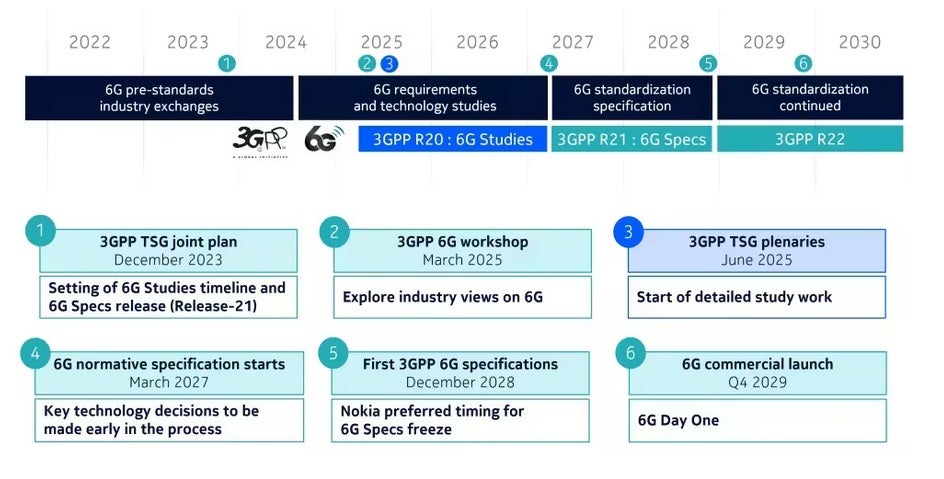
Nokia publishes a timeline revealing when 6G commercial service will start. | Image credit-Nokia
While 4G/5G dynamic spectrum sharing is already a thing, it is not as efficient as 5G-6G Multi-RAT Spectrum Sharing (MRSS) will be. For its part, Ericsson also says that MRSS will play an important role in the transition from 5G to 6G. Both Nokia and Ericsson expect AI and machine learning to play a huge part in 6G standards. Ericsson says that AI will be used to deliver enhanced receiver performance, AI-aided mobility measurements, AI-aided positioning, and more.
Follow us on Google News


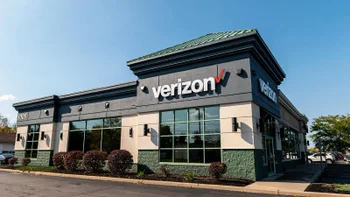
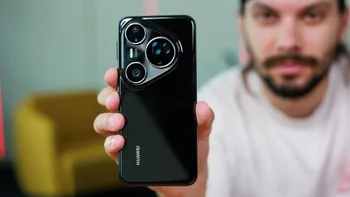
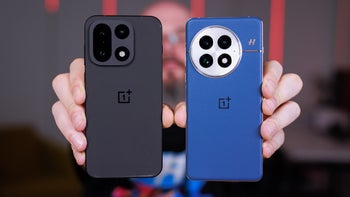
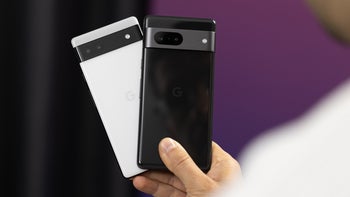
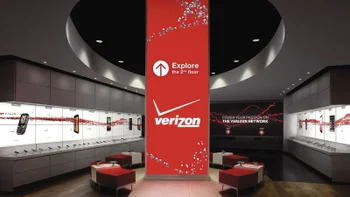




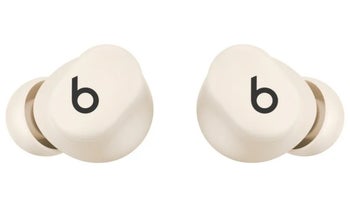
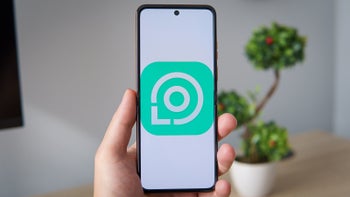
Things that are NOT allowed:
To help keep our community safe and free from spam, we apply temporary limits to newly created accounts: